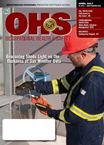
April 2017
- FALL PROTECTION: Safe Access to Any Space
- HAND PROTECTION: Understanding the Modern Single Use Glove
- IH/GAS MONITORING: Beaconing Sheds Light on the Darkness of Gas Monitor Data
- ENVIRONMENTAL PROTECTION: Corporate Risk and the Growing Case for Sustainable Chemical Management
- ENVIRONMENTAL PROTECTION: Green Building and Sustainability
- ENVIRONMENTAL PROTECTION: The Economic Implications of Water Shortages
- ENVIRONMENTAL PROTECTION: Why Are Corporations and Municipalities Moving to Zero Waste?
- WELDING SAFETY: Welding Safety Best Practices
- FIRST AID TRAINING: First Aid Preparedness
- FOOT PROTECTION: Taking Strides Toward Safety
- INCENTIVES: The Incentive Starting Line
- HEALTH CARE: When An Employee Says No
- HEALTH CARE: A Proposed Solution to the High Cost of Opioid Abuse
Cover Story
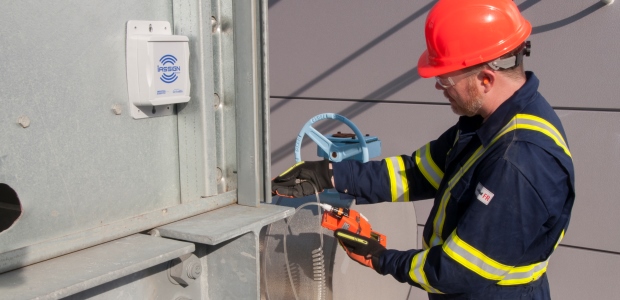
By Dave D. Wagner
How can you proactively fix a problem when you don't know where it occurred?
Features
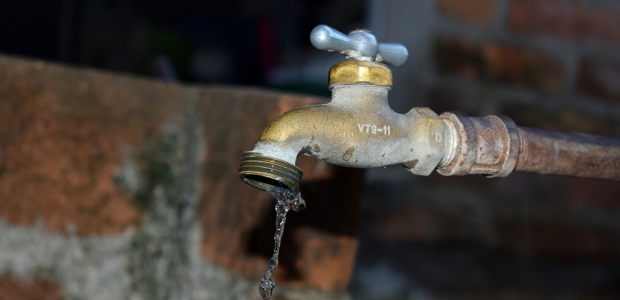
By Klaus Reichardt
Better water management is a key factor in reducing U.S. water consumption that can be replicated in other parts of the world.

By Iain Milnes
Municipalities and states are mandating that large producers of waste food must not send it to a landfill. The administration understands that waste food has the largest impact on the environment, and large corporations are already striving for zero waste (and finding value in the waste they can recycle).

By Jack Laken
Increased awareness of not only the value, but the necessity of adopting green building initiatives in new builds and retrofits is critical.
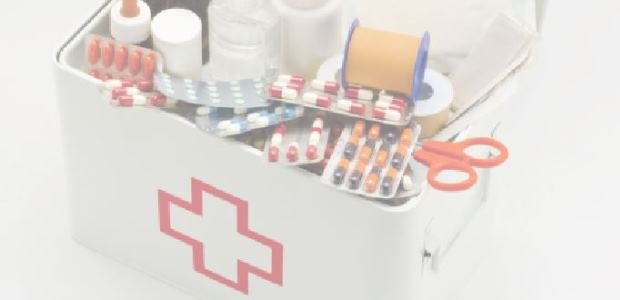
By Fred Elliott
Having trained personnel ready and willing to render first aid will reassure other co-workers and make them feel safer themselves.
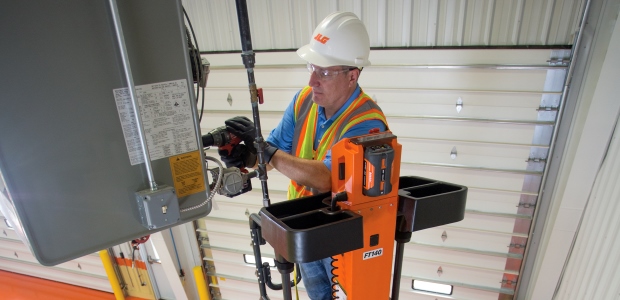
By Paul Kreutzwiser
A variety of low-level access machines and aerial work platforms safely put jobs within reach.

By James Dziendziel
Proper documentation is needed to protect your organization from liability when an employee refuses emergency medical care during work related and non-work related illness and injury.
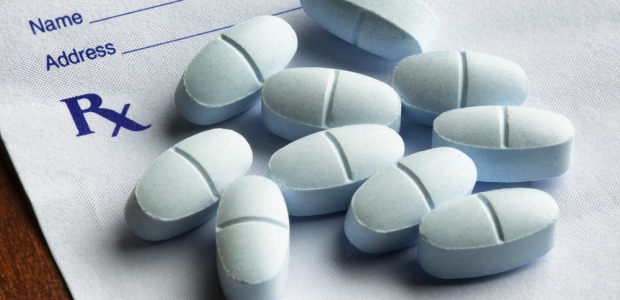
By Deborah Lechner
Through collaboration, safety professionals and physical therapists can achieve optimal results with both prevention and post-injury management.

By David Roark
Incentives excel at motivating important behaviors. Incentives also motivate people to go above and beyond their job requirements.

By Dr. Kevan Orvitz
You can use 100 percent dual layer memory foam insoles to alleviate pain and fatigue. Utilizing insoles in your shoes also prolongs the life of protective footwear.
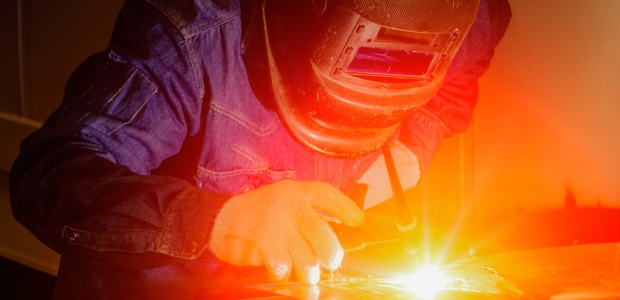
By Jerry Laws
Welders must be protected from electric shock, welding fumes, fire, and injuries that can be caused by insufficient PPE.

Glove construction now takes into account long-term usability to reduce finger fatigue, chronic skin conditions, and more troublesome musculoskeletal disorders.
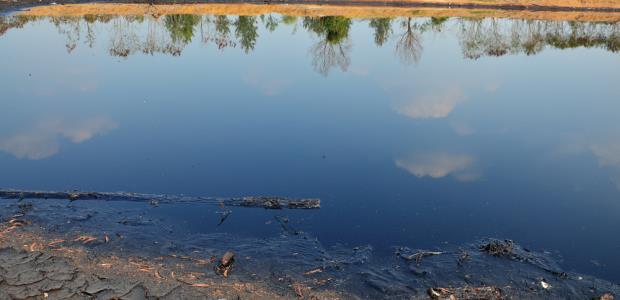
By Robert Polito
Being responsible for the impact of a chemical disaster—on staff, local communities, the environment, and the local economy—is every CEO's nightmare.
Departments
OSHA's construction industry fall protection standard, 29 CFR 1926.501, was its most-cited standard during fiscal year 2015, and construction standards for safe use of scaffolding and ladders also ranked among OSHA's Top Ten that year.
By Robert Pater
The 3 B's are effective watchpoints for moving and working stronger, safer, and more in control.
By Shawn M. Galloway
Thinking we can always be better, and hazards and risks can always be reduced, should dominate thinking throughout an organization.